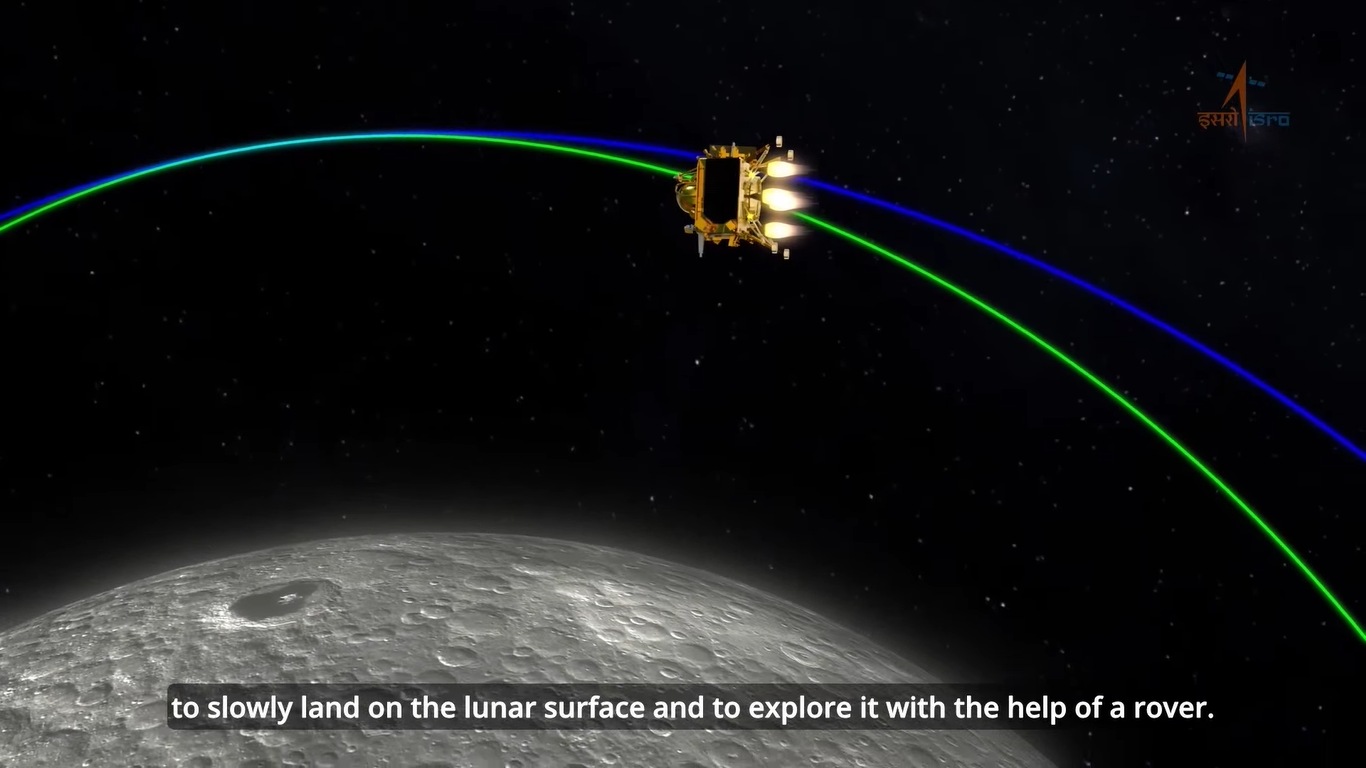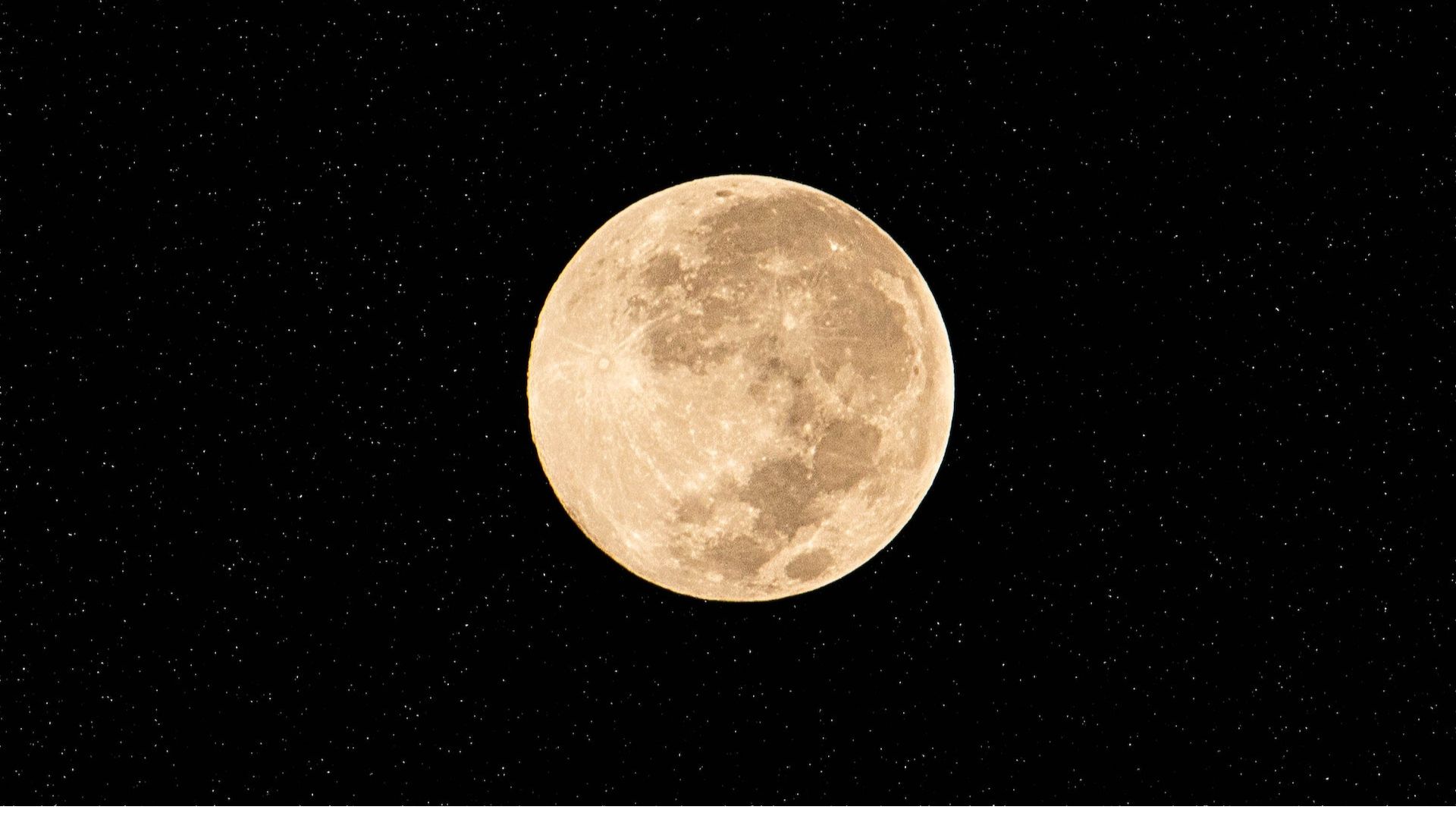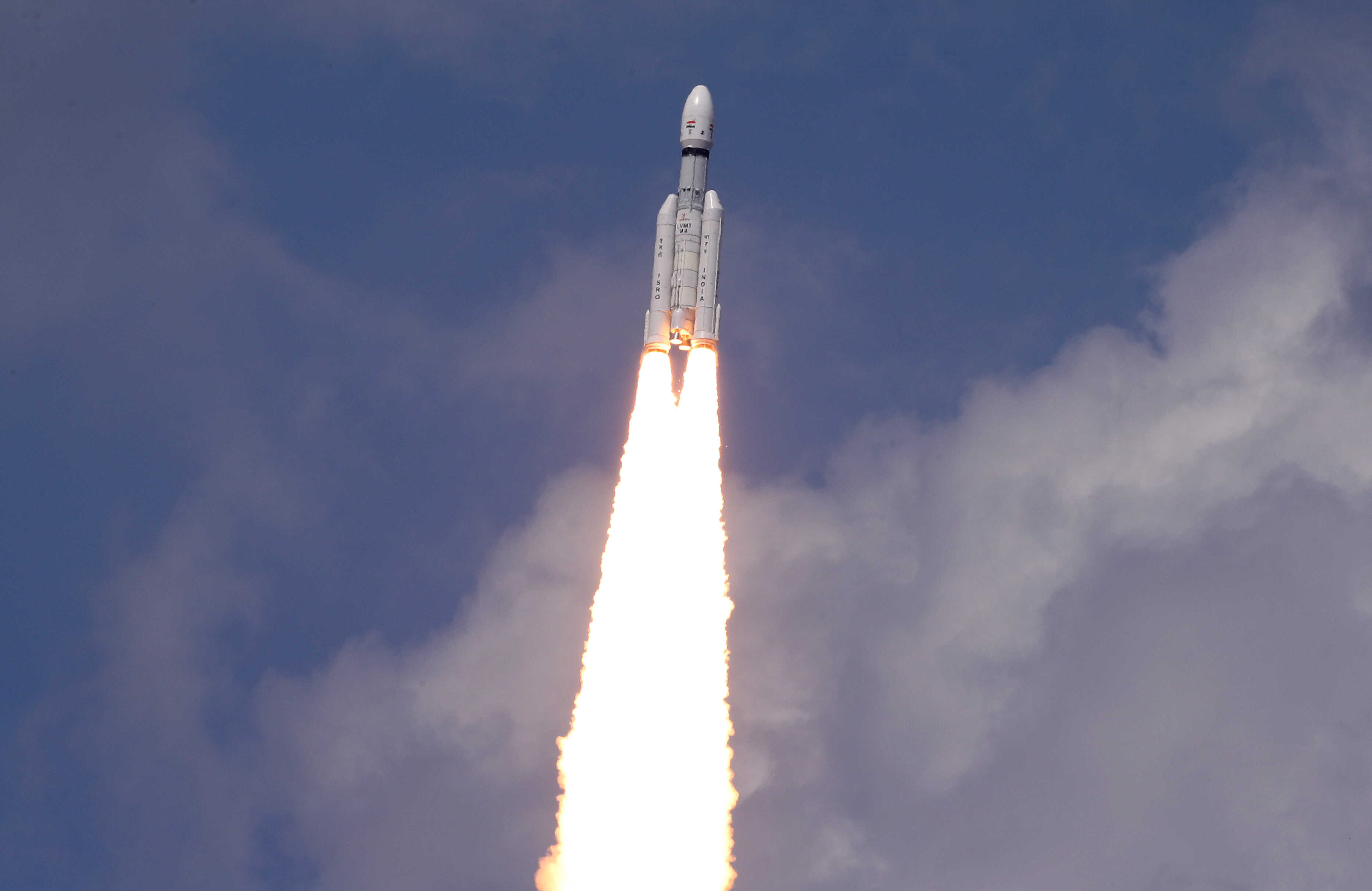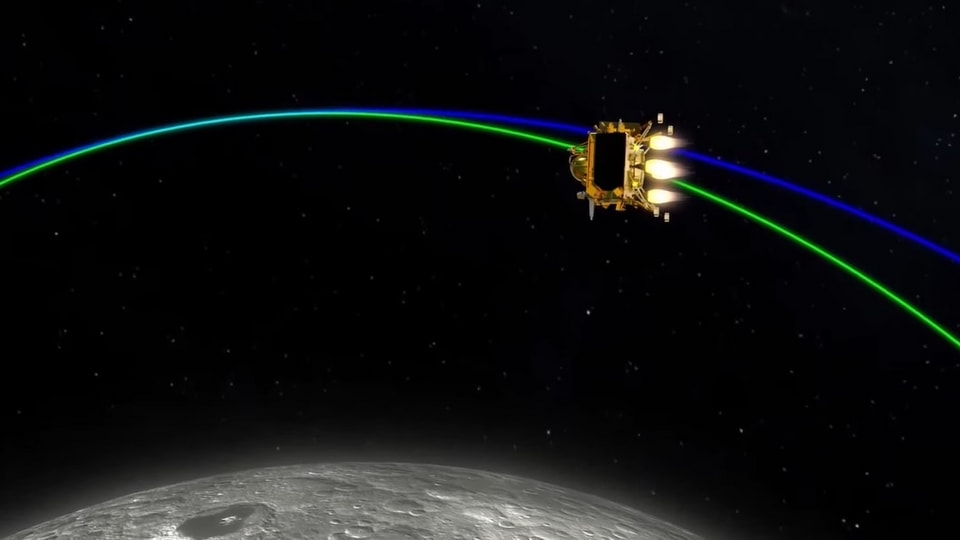Chandrayaan-4 mission: How ISRO's next Lunar mission will conduct observations on the Moon
ISRO is collaborating with JAXA to carry out its next lunar mission called the Chandrayaan-4 mission or LUPEX. Check out the step-by-step process that will launch theChandrayaan-4 mission.











First Published Date: 04 Nov, 15:39 IST
NEXT ARTICLE BEGINS
































